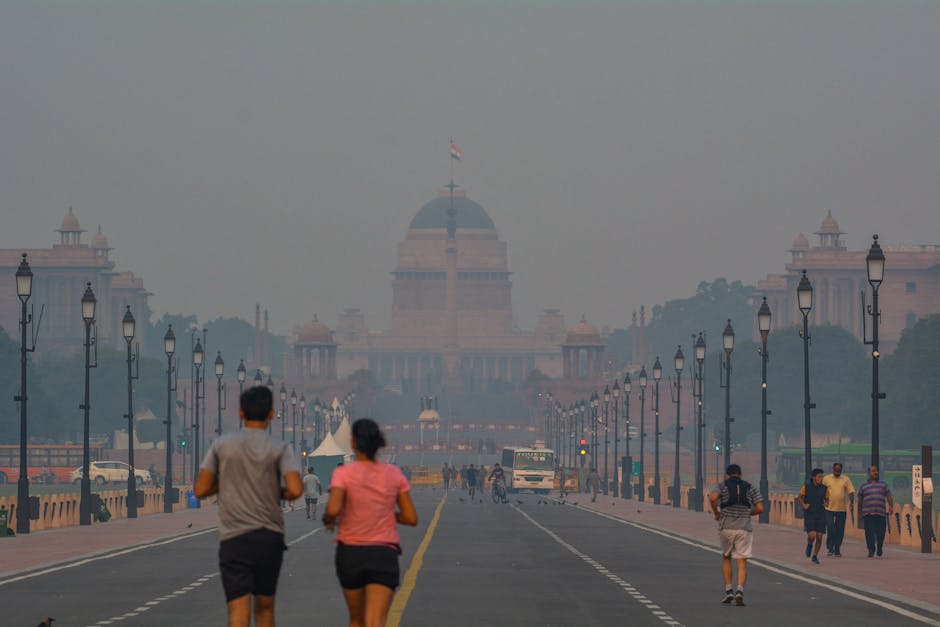Air Quality at Major Dhyan Chand National Stadium: AQI Reaches 192
Delhi’s air pollution crisis has taken a toll on the iconic Major Dhyan Chand National Stadium, with the Air Quality Index (AQI) currently at 192. This “moderate” classification masks the serious health risks posed to athletes, visitors, and nearby residents. The stadium, a symbol of India’s sporting excellence, is now grappling with the broader challenges of Delhi’s worsening air quality.
Understanding the AQI Reading
An AQI of 192 falls under the “moderate” category, as defined by the Central Pollution Control Board (CPCB). While this level may not seem extreme, it can cause breathing discomfort for vulnerable groups like children, older adults, and individuals with lung or heart conditions. Even healthy individuals may experience irritation in the eyes, nose, and throat, along with respiratory issues. The primary pollutants include particulate matter (PM2.5 and PM10), nitrogen dioxide (NO2), and carbon monoxide (CO), largely stemming from vehicular emissions, industrial activities, and construction dust.
Impact on Athletes and Sporting Events
For athletes training or competing at the stadium, poor air quality poses significant challenges. Studies indicate that polluted air can impair lung function, reduce stamina, and increase the risk of respiratory infections. This is especially concerning for endurance sports like hockey, where peak respiratory performance is crucial.
With several national and international events scheduled at the stadium, organizers face the daunting task of ensuring participant safety. Potential measures include rescheduling events, providing air-purified training facilities, and distributing protective gear to mitigate health risks.
Delhi’s Persistent Air Pollution Crisis
Delhi’s air pollution is a long-standing issue, exacerbated by factors like stubble burning in neighboring states, vehicular emissions, and industrial pollution. The city’s geographical location and winter temperature inversions further trap pollutants, leading to severe air quality declines.
The AQI reading at the Major Dhyan Chand National Stadium reflects the broader crisis engulfing the capital. Despite government initiatives like the Graded Response Action Plan (GRAP) and the Odd-Even vehicle rationing scheme, pollution levels remain high. Experts emphasize the need for a comprehensive, long-term strategy to address the root causes.
Immediate and Long-Term Solutions
To protect athletes and visitors, immediate steps include installing air purifiers within the stadium, creating green zones around the venue, and promoting public transportation to reduce vehicular emissions. Raising awareness about health risks and encouraging mask usage can also help safeguard vulnerable populations.
On a broader scale, Delhi must adopt sustainable urban planning, invest in renewable energy, and enforce stricter regulations on polluting industries. Collaborative efforts between the central and state governments, along with active citizen participation, are essential to combatting this environmental crisis.
The Road Ahead
The AQI reading at the Major Dhyan Chand National Stadium underscores the urgent need to address air pollution in Delhi. As the city strives to maintain its status as a global sporting hub, ensuring clean air for athletes and residents must become a top priority. The legacy of Major Dhyan Chand, a hockey legend, deserves a future where the next generation of athletes can breathe freely and perform at their best.
The health of Delhi’s citizens—and the future of its sporting legacy—depends on swift and decisive action.
Stay tuned to NextMinuteNews for more updates on Delhi’s air quality and its impact on the city’s sports and culture.




